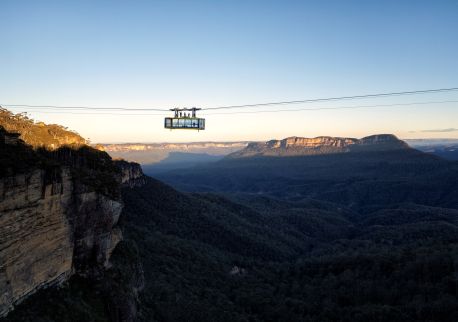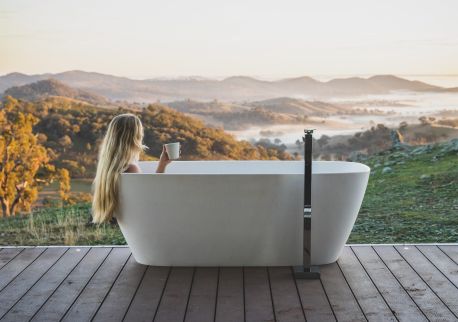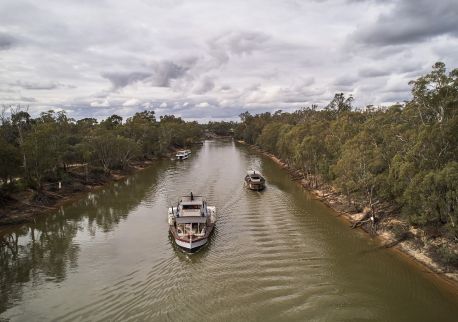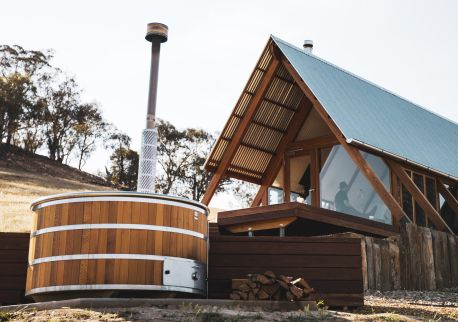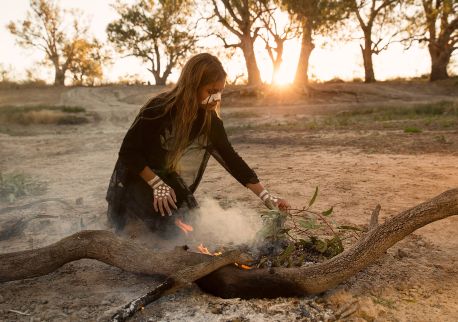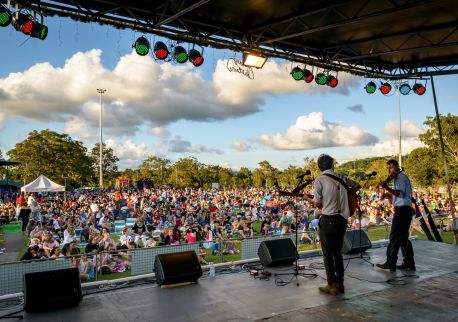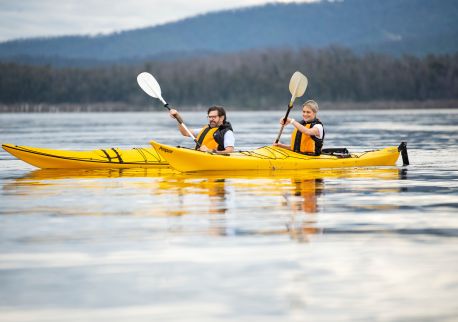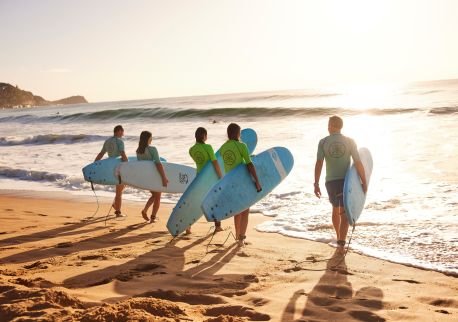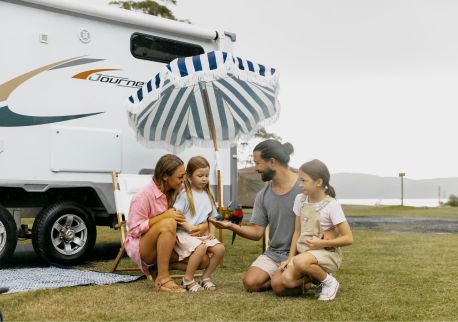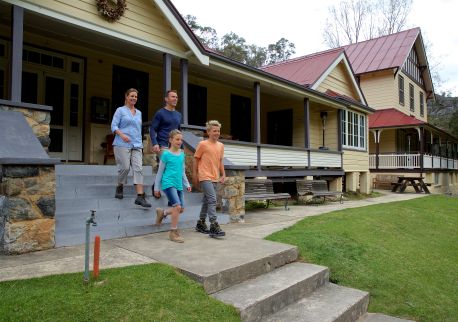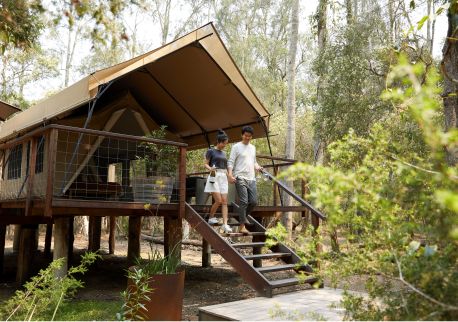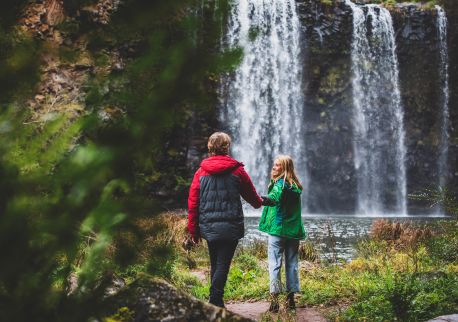291 on King
Highlights
Overview
291 on King is not your ordinary accommodation. You will be greeted by their friendly reception team, who can ensure all your requirements are met with a smile! Enjoy top-tier customer service, with approachable, kind, and helpful staff to answer all your queries. With quality, craftsmanship and innovation, 291 on King is a destination boasting a blend of old-world charm and ultra-modern vibes from the inside and out. Relish in their tastefully decorated hotel offering location, appealing spaces, and thoughtful touches to create a seamless stay.
291 has taken pride in offering spacious, luxurious apartments with high-quality finishings, appliances and amenities, making sure you have all the little luxuries you need to enjoy your stay. Apartments have a full kitchen, desk space, dining table and sleek modern bathroom.
Just a short stroll from Newcastle foreshore, beaches, convenience stores and an eclectic range of cafes, bars, and retail shops. The hotel oozes vintage with touches of modernistic and luxurious features, making it a true standout. Enjoy a home away from home experience from them to you.
The hotel features local artwork and photos, producing an atmosphere that embodies the essence of coastal living crossed with city living, making it an ideal choice for your stay in Newcastle!
Facilities on-site including The Gym on King, The Foundry Café, Secure, Paid Undercover Carpark.

